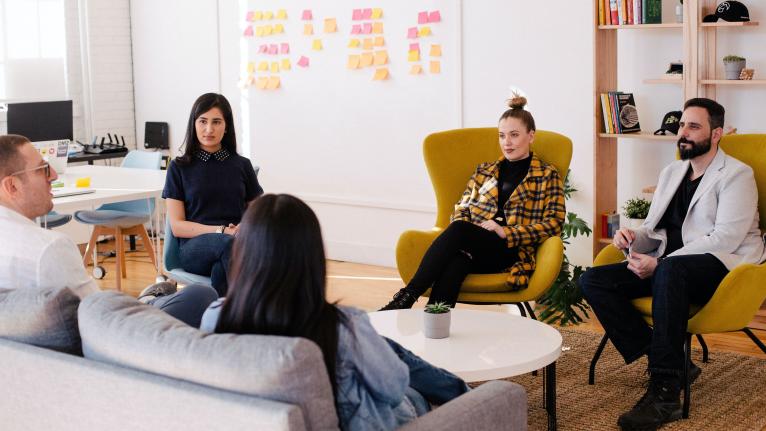
Client List
Clients of the Digital Repository include:
Albanian Human Rights Project
The U.S.-based Albanian Human Rights Project (AHRP) is dedicated to collecting, filming and preserving the testimonies of Albanians who were politically imprisoned or interned from 1944-1991 during Albania’s communist regime.
The collection currently consists of 38 testimonies recorded on mini DV, which are being digitized into Quick Time. The Digital Repository is storing the files and making access copies. Following the model of the USC Shoah Foundation, the materials will be available to scholars for research purposes as more testimonies are collected.
Brown University — Department of Africana Studies
The Digital Repository is digitizing a small collection of 100 VHS videotapes, which are being converted to MPEG-2 for preservation purposes. We are also producing MPEG -4 proxy files as access and use copies.
We are holding another 10 terabytes of data for long-term storage.
Go For Broke National Education Center
Founded in 1986, Go For Broke strives to educate the public about the experiences of American veterans of Japanese ancestry who after the attack on Pearl Harbor were initially classified by the military as enemy aliens, who were incarcerated in American concentration camps after the issuance of Executive Order 9066, and who served in their country's military in World War Two despite being stripped of their constitutional rights and their individual experiences of injustice and prejudice.
GFBNEC has collected Japanese American World War Two veteran oral histories since 1998 with 1,200 oral histories from veterans across the United States in our collection. The organization's archives and special collections department are headquarters for a digital humanities collaborative project to create a national digital mixed-media repository to document the narratives of the American soldiers of Japanese Ancestry.
The USC digital repository has digitized 300 of GFBNEC's 1,200 oral histories as well as the Nisei Veterans Memorial Center's audio and moving image oral history collection as a part of the digital humanities collaborative project.
USC Digital Library
The Digital Repository digitizes source materials and manages the Web interface, licenses and 50 terabytes of backup for more than three dozen collections of the USC Digital Library, such as:
Biomechanics of Motion Collection – A collection of two dozen video clips created by members of the USC Biomechanics Research Laboratory used by engineers, animators, computer scientists and kinesiologists to solve problems of functional motion.
California Historical Society/Los Angeles Chamber of Commerce – 23,000 photographs of the greater Los Angeles region take between 1860 and 1960.
El Clamor Publico – Complete collection of 233 issues of El Clamor Publico, the first Spanish-language newspaper in California after the American occupation. Billed as Los Angeles’ “Periodico Independiente y Literario,” it was published between July 1855 and August 1859.
Japanese American Relocation Digital Archive – A collection of 222 photographs that documents scenes from the relocation of Japanese Americans in California during World War II, such as the relocation process; life in camps at Manzanar, Santa Anita, Tanforan, and Tule Lake; and post-war repatriation to Japan.
Sea of Korea Maps Digital Archive – consists of 172 original old maps, dating from 1606 to 1895, in English, French, Japanese, Korean, Dutch, Latin, German and Russian.
USC Shoah Foundation – The Institute for Visual History and Education
Founded in 1994 by Steven Spielberg, the Survivors of the Shoah Visual History Foundation was created to record testimonies of survivors and other witnesses of the Holocaust. The collection became part of USC in 2005.
The Digital Repository is preserving the 52,000 video testimonies recorded on Betacam-SP, which has included digitizing, file management, metadata input, storage, access and scheduled format migrations. The Digital Repository designed efficient systems for mass file conversions, cataloging and indexing large collections, and developed the Visual History Archive, which is the online interface to search and access testimonies.